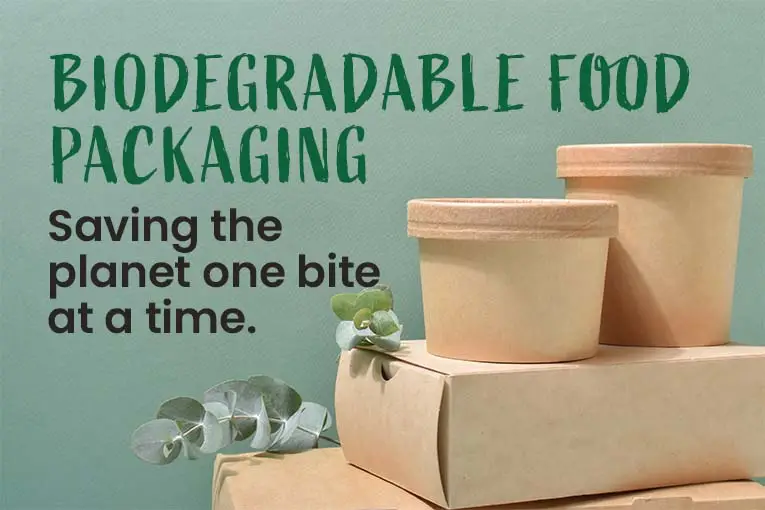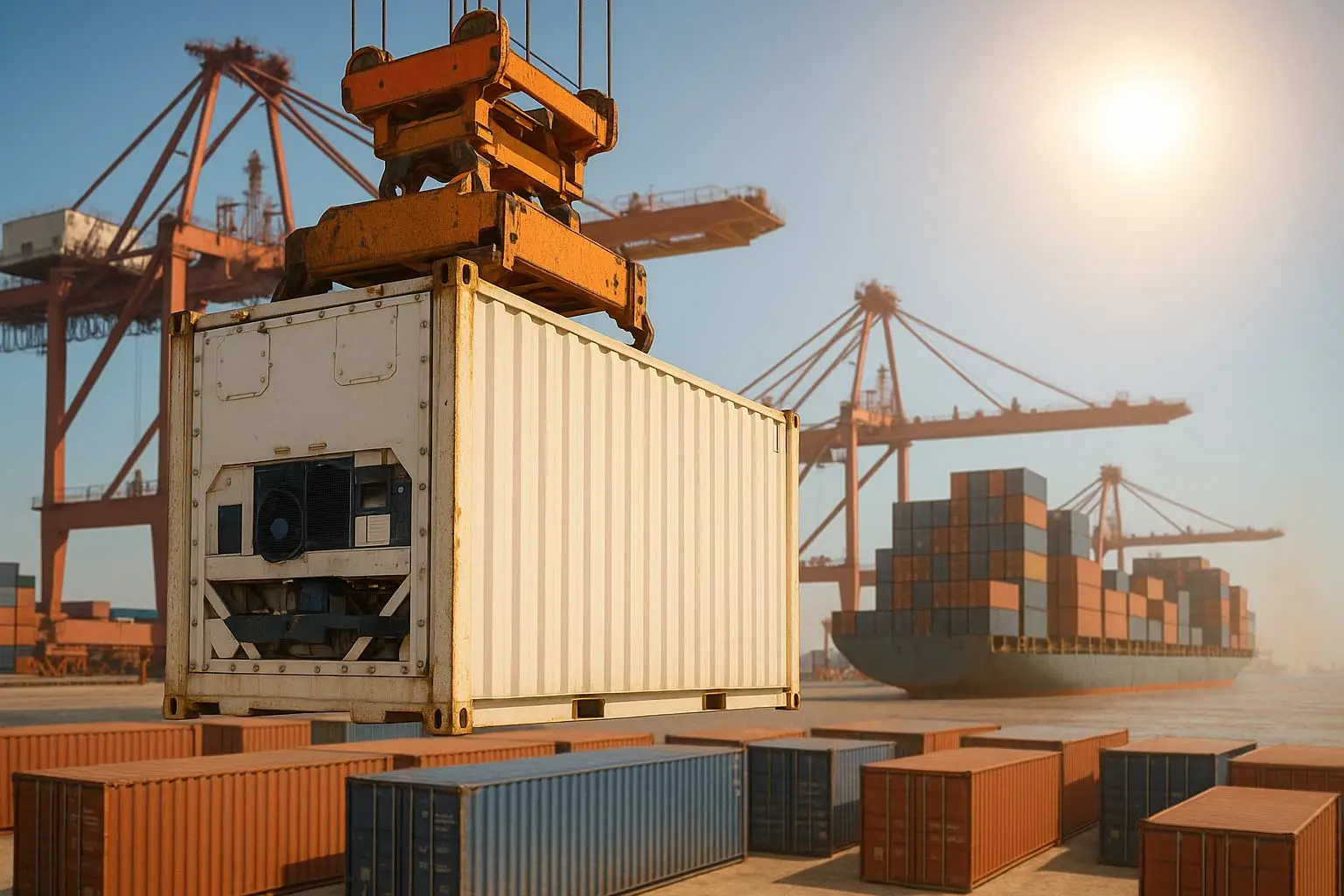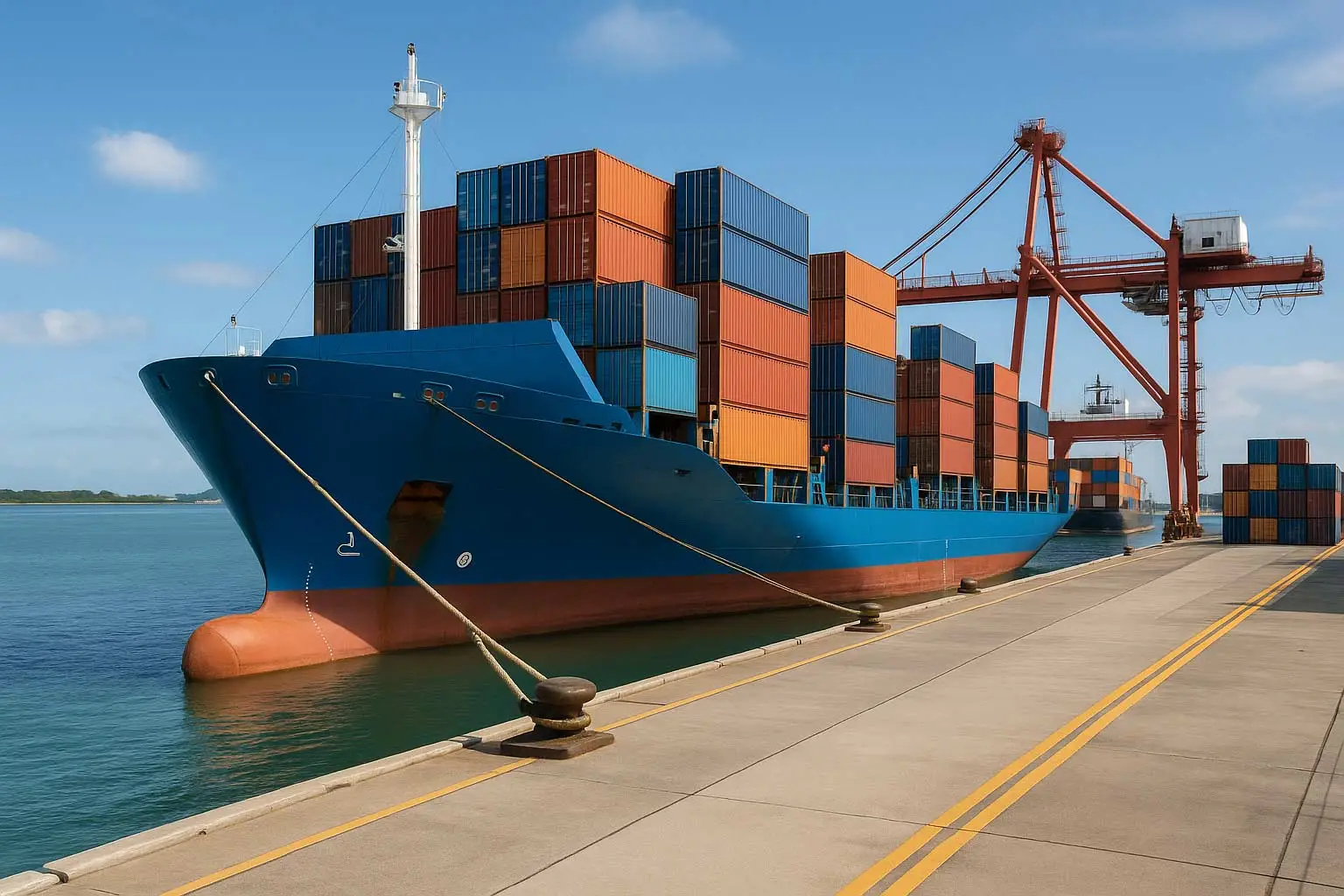Simple items, such as straws, takeaway cutlery and food packaging make a huge contribution to the 2.5 million tonnes of plastic waste Australia produces each year, about 84 per cent of which is sent to landfill. Of that, 130,000 tonnes of plastic waste leaks into the environment annually and once thrown out, it takes 500-1,000 years to degrade.
It’s a problem that is not going away unless behaviours change, and penalties apply.
The good news is that the Australian Government has announced it will phase-out single use plastics by 2025. The phase-out will include problematic and unnecessary plastic waste such as lightweight plastic bags, plastic misleadingly labelled “degradable”, plastic utensils and stirrers, plastic straws, polystyrene food containers, polystyrene consumer-goods packaging, and microbeads in personal-care products.
If everything is on track, under the National Plastics Plan, polystyrene should be gone from food and beverage very soon. That means it is time to start using alternative packaging options, and the good news is there are plenty available that are made from alternative materials, including food waste.
Rice and wheat
Gone are the days of recycling plastic cutlery in the hospitality sector with a resource-intensive process that involves high-pressure water cleaning and chemical remaking. Say hello to the new revolution in takeaway cutlery – the edible kind!
Use N Eat Edible Cutlery, founded and managed by Amol Kingaonkar, has made it possible with spoons, forks, coffee cups, straws, and stirrers that not only taste delicious but come in a range of flavors, including chocolate, strawberry, and natural herbs.
The best part? They are a sustainable alternative to non-plastic options. Made from naturally produced materials like wheat, rice, corn, and spices, these edible utensils require no tree cutting or chemical usage. And if not eaten after use, they leave zero waste and can be recycled through green waste recycling. Even if they end up in a landfill, they biodegrade faster than wooden or paper cutlery, posing no adverse effects on the environment.

Mushroom madness
Although mushrooms may not appear to have the power to package anything, they’re actually an excellent alternative because they can mimic plastic in many ways.
The production process starts with combining fungus sprouts with seedlings or other agricultural waste. With no need for light, water, or chemicals, the end product is a fully natural composite material with properties similar to synthetic foam plastics like Styrofoam.
Furthermore, mushrooms’ bouncy texture makes them a viable substitute for packing filler, and they’re ideal for safeguarding wine bottles or other delicate food items. And since they’re 100% biodegradable, they may be disposed of directly into the soil or compost instead of the trash.
Pineapple Packaging
As the world’s second-largest producer of pineapples, the Philippines has found a way to put the tons of pineapple leaves it produces to good use. Researchers have developed a paper-like material called “pinyapel” that is being used to create a range of products, from coffee cups to shopping bags, without cutting down a single tree.
Not only is this innovative product biodegradable and decomposes faster than traditional paper, but it is also naturally water-resistant. As a result, pinyapel eliminates the need for plastic films in items like coffee cups, making them more easily recyclable.
With so many promising alternatives like pinyapel, the push to phase out plastics by 2025 is more crucial than ever.



